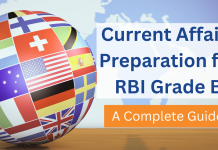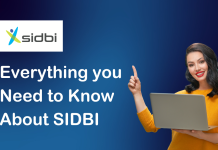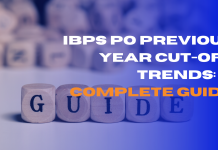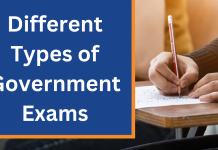In the recently concluded Union Budget 2020-2021, Finance Minister Mrs Nirmala Sitharaman introduced a new scheme to alleviate the rising grievances of taxpayers and IT Departments for direct taxes. The scheme is named as Vivad Se Vishwas and aimed at settling the piling number of pending direct tax cases. In economic terms, it is a dispute resolution scheme for direct tax litigation cases.
Let’s have a look at what the scheme is all about, why the Government introduced it, how it will benefit India’s ailing economy to nurture, grow and prosper.
An Insight into the Vivad Se Vishwas Scheme
- This amnesty scheme aims to cover pending disputes in the High Courts, Income Tax Appellate Tribunals or ITAI, The Supreme Courts or any other appellate forums.
- It will also include cases at the level of Commissioner (appeals) and in International Arbitration however cases related to undisclosed overseas assets initiated, based on information from foreign countries and prosecutions under the Prevention of Money Laundering Act (PMLA), the Benami Transactions (Prohibition) Act and the Income Tax Act will not be covered.
- The Direct Tax Vivad Se Vishwas Bill has been introduced in the Lok Sabha and it consists of two types of Appeals – one filed by the Taxpayer/ declarant and the other by the IT Department and has two windows- one before 31st March and second after 31st March till 30th June 2020.
- If the payment is made by 31st March, taxpayers will pay the full amount of the disputed tax with a full waiver on interest and penalty (125% of the disputed tax in search related cases), under the first type of appeal.
- However, if the dispute is related to penalty, interest or fee, then only 25% of the disputed amount has to be paid till 31st March.
- In the second category of appeal, the amount will be halved i.e. a declarant has to pay only 50% of the disputed tax with a full waiver on interest and penalty if the payment is made by 31st March (62.5% in search related cases).
- If the interest, penalty or fee is in dispute, then the declarants have to pay 12.5% of the disputed amount
- After 31st March till 30th June, in the first kind of appeal, the declarant has to pay 10% extra i.e. 110% of the disputed tax (135% in search cases). There will be penalty and interest.
- If the penalty, interest or fee is in dispute, then 30% of the disputed amount has to be paid.
- In the second type of appeal, after 31st March but before 30th June 55% of the disputed amount (67.5% in search-related cases) with no interest or penalty. If penalty, interest or fee in dispute, then 15% of the disputed amount.
- Cases pending in Debt Recovery Tribunal and dispute of search and seizure where recovery is below Rs 5 Crore have been included recently.
Who are not eligible for the Vivad Se Vishwas Scheme Benefit?
Any assessment made under Section 153A or Section 153C of the Income tax Act 1961, undisclosed income from a source or asset outside India or where prosecution has been instituted. Any person in respect of whom order of detention has been made under Conservation of Foreign Exchange and Prevention of Smuggling Activities Act, 1974 or prosecution for any offence has been instituted under the provisions of Indian Penal Code, the Unlawful Activities (Preventions) Act, the Narcotics Drug and Psychotropic Substance Act, the Prevention of Corruption Act, the Prevention of Money Laundering Act, the Prohibition of Benami Property Transactions Act.
The Vivad Se Vishwas Scheme need and its Significance
- In the last concluded Budget Session, Sabka Vishwas Scheme introduction to reduce indirect taxes litigation resulted in settling over 1,89,000 cases
- The Government being successful in gaining fruits from its earlier step is hopeful that piling direct tax cases or disputes will be solved in a speedy manner.
- It is being expected that the scheme will result in the release of Rs 9.32 lakh crore direct tax locked up in over 4.8 lakh cases.
- The government revenues are not on expected terms due to economic slowdown and cut in corporate tax rate so to increase its revenue is the utmost priority.
Conclusion
The Finance Minister is hopeful that the scheme will reduce needless litigation expenditure for the government and taxpayers. Also, unnecessary harassment or delays will reduce as the designated authority cannot levy interest / penalty in that dispute once the matter is resolved. Taxpayers will get relief from the vexatious litigation process. Last year scheme for indirect tax resulted in Rs 39,500 crore government revenue but how much impact this scheme will have is yet to be seen. To put the Indian economy on the right track the Government is Pulling out all the stops.
Also Read
Get Free Online Test Series, GK updates in form of Beepedia, BeeBooster, as well as latest updates for Bank PO, Bank Clerk, SSC, RBI, NABARD and Other Government Jobs.
как получить займ на яндекс кошелеквзять займ в тюменизайм денег барнаул














